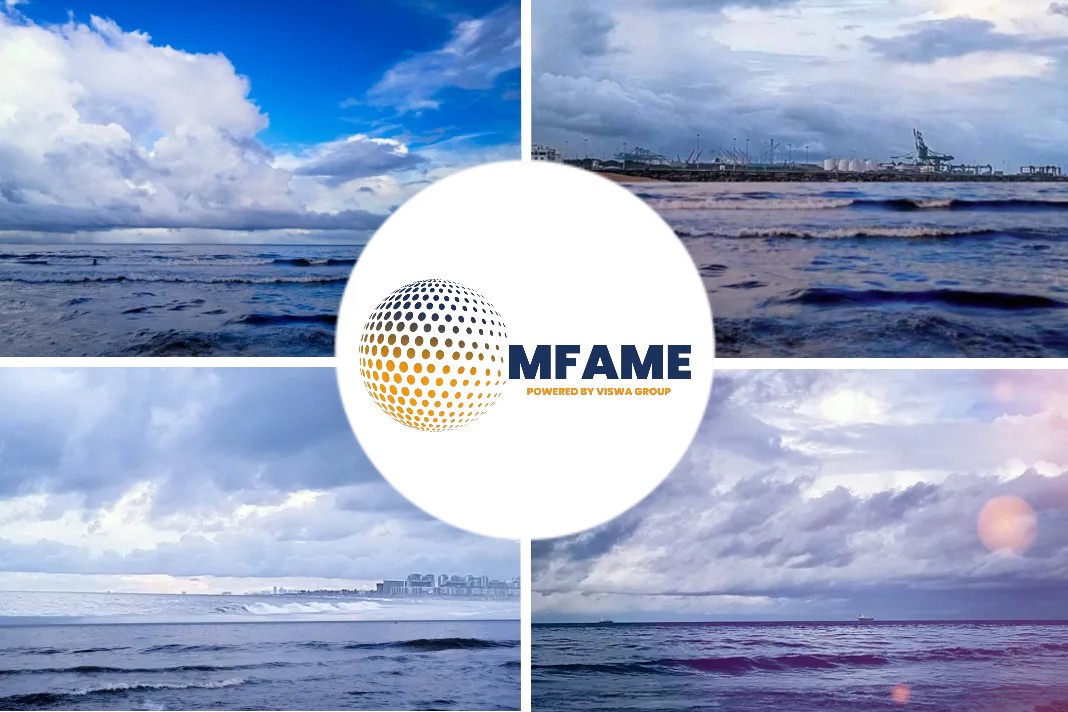The recent trend of major ports taking a rising share of the bunker fuel market at the expense of smaller ports may be set to accelerate amid the increasing diversification in offerings, reports Platts.
Key Hubs and The Quality
“For buyers, that is driven by the quality of fuels [from] these key hubs and the quality [of] the supply chains,” Peter Beekhuis, head of trading for Maersk and responsible for the group’s physical bunker supply chain, said at a recent IBIA conference on April 12.
“There are decent inventories and the market is very competitive amongst suppliers,” Beekhuis said.
Increase in Sales
Earlier this year, bunker supplier Monjasa announced a 9% rise in bunker fuel sales in 2020 to 4.9 million mt, with Asia’s bunkering hub Singapore accounting for 80% of the increase in sales in South East Asia.
Panama, Rotterdam and Singapore — the larger bunker hubs — gained market share at the expense of smaller ports across 2020 as reliable providers of 0.5%S fuel oil, marine gasoil and marine diesel oil.
The Port of Rotterdam announced a 5% increase in total bunker sales in 2020, including a jump in LNG bunker sales to 194,134 cu m from 71,555 cu m in 2019.
More Different Fuel Oil Types
As the shipping industry moves towards ever more different fuel oil types, further concentration in bunkering hubs was expected, panel participants said.
In Europe, the ports of Algeciras, Antwerp, Gibraltar and Rotterdam had LPG bunkering facilities. Methanol bunkering was planned in Antwerp and Rotterdam, key bunkering hubs in the North Sea.
Options
The International Maritime Organization is targeting a 40% reduction in carbon intensity in the global fleet by 2030 compared with 2008 levels, and a 50% reduction in greenhouse gas emissions in the fleet by 2050. Shipowners will need to find alternatives to petroleum-based fuels.
Unlike now, when 0.5%S fuel oil is dominant since the IMO mandated a 0.5% sulfur limit in marine emissions effective Jan. 1 2020, the future looks more varied as shipowners are investing in newbuild ships able to burn a range of fuel options given new fuels’ commercial and regulatory future is uncertain.
Fueling Ships in The Future
There is no single answer to fueling ships in the future, Louise Nevill, CEO of Marsh JLT Specialty’s UK Marine & Cargo business, said during a webinar hosted by the International Chamber of Shipping on April 14.
There has been considerable interest in LNG as a fuel for the future but given that methane is 84 times more potent a greenhouse gas than CO2, then ammonia, hydrogen, and battery cells are more realistic avenues to develop, Nevill said.
International Energy Agency
The International Energy Agency said recently that ammonia, biofuels and hydrogen could meet more than 80% of shipping fuel needs by 2070, using around 13% of the world’s hydrogen production.
Maersk is aiming to operate the world’s first carbon-neutral vessel by 2023, seven years ahead of schedule, it said Feb. 17.
Carbon-Neutral Methanol
The container group said the feeder vessel, which will be powered by carbon-neutral methanol, will be launched in 2023 and will have a capacity of 2,000 twenty-foot equivalent units (TEU).
Alternative shipping fuels are in early phases of development and oil-based fuels could remain the dominant choice for many years to come, according to S&P Global Platts Analytics.
Did you subscribe to our daily newsletter?
It’s Free! Click here to Subscribe!
Source : S&P Global

















